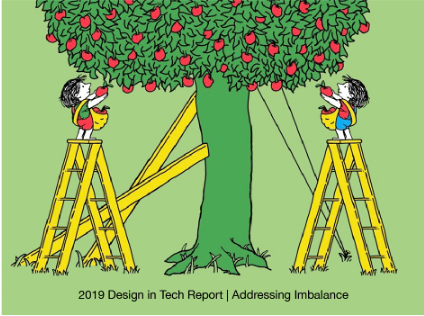"Equality means each individual or group of people is given the same resources or opportunities. Equity recognizes that each person has different circumstances and allocates the exact resources and opportunities needed to reach an equal outcome."
– The Milken Institute School of Public Health at The George Washington University
While the nuanced difference between the concepts of equity and equality may not be immediately clear, the implementation of one versus the other in your grant awarding process can lead to dramatically different outcomes for marginalized people. Providing equal access to institutions, programs, and resources is a goal for local governments, but the historic denial of equal access to those same institutions and systems for marginalized groups means that not everyone has the same entry point for that access.
Focus on Equity
A focus on equity is one that takes those differences into account and aims to provide the resources needed for everyone to achieve an equal outcome. As we face a long recovery from COVID-19 together, local governments will need to forge meaningful partnerships with nonprofit organizations and smaller programs that serve targeted populations to ensure a successful recovery. To make sure these partnerships are equitable and long-lasting, getting funding to a wider range of sub-recipients will be crucial.
Sub-Recipient Burden and Capacity
Much of the Federal money that is awarded to local governments is passed through to other organizations in their community to run programs. The eventual sub-recipients of these funds are accountable for maintaining compliance with both local grant policy and Federal policies like the OMB’s Uniform Grant Guidance (UGG). This burden can impact the awarding process by unintentionally creating a subset of potential sub-recipients that already have an existing grants management infrastructure in place and can cause some smaller programs to be overlooked.
While larger organizations and programs may already be equipped to manage funds and reporting requirements, they may not have deep ties in, and knowledge of, the communities most in need of those resources.
Potential sub-recipients who may not make the funding short list, because they lack the existing capacity to drive the management of their reporting requirements, are also often the programs that can drive an equitable distribution of resources in the community. These programs typically have a dedicated staff with extensive knowledge about the obstacles the members of a specific community may face, and are often programs that serve Black, Indigenous, and people of color (BIPOC) communities that have historically been underserved.
Differences Between Equality and Equity
The differences between equality and equity become especially magnified when it comes to the equitable access to healthcare. According to the Mayo Clinic, racial and ethnic minorities are being disproportionately affected by COVID-19 due to structural reasons. There is a growing concern about the prioritization of speed over equity in the National COVID-19 vaccine distribution process, and how this prioritization is negatively affecting marginalized communities.
As Thomas Dobbs, Mississippi State Health Officer points out, “It might be faster to administer 100 vaccinations in a drive-thru location than in a rural clinic, but that doesn’t ensure equitable access.” A distribution strategy that doesn’t take structural barriers to access into account often results in populations who need more time for outreach being left behind or left out completely.
Equitable Funding Distribution
Reaching into all aspects of our communities in our ecosystem in an intentional way is critical to the equitable distribution of resources. Part of that equitable distribution will mean awarding funds not only to programs that already have processes in place to manage them, but also the programs that can do the work that needs to be done despite a lack of resources.
Use a Grant Management Solution
One way that local governments can effectively create a more equitable funding distribution process is by shifting the burden of grant infrastructure and grant systemization from the sub-recipient and into a grant management solution.
A robust grants management software will take on the burden of creating a more equitable playing field by providing structure in compliance with UGG related to performance reporting, financial reporting, and other requirements for your sub-recipients. The use of standard fields and pre-configured data-driven reporting structures ensure standard processes and ultimately expand capacity for sub-recipients so they can concentrate on their work in, and for, the community.
By using a grants management system to expand capacity for potential sub-recipients, local governments can in turn make a larger, faster, and more equitable impact in their communities during, and after, recovery.
Looking for tips on effective ways to manage and distribute your COVID-19 funding? Download our free ebook Managing COVID-19 Recovery Funding.
*Photo by Tony Ruth on 2019 Design in Tech Report
Topics: Local, See Your Impact

